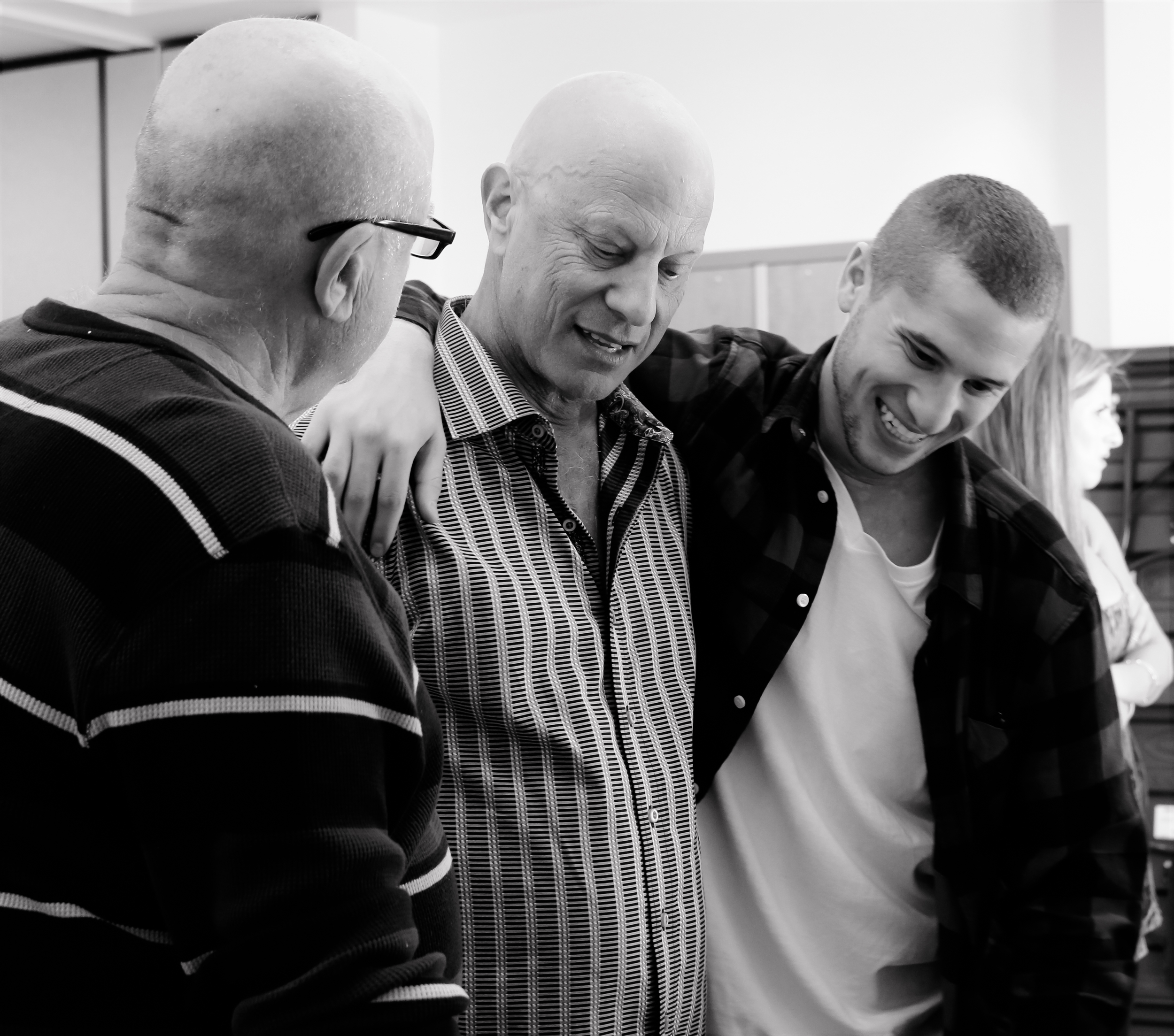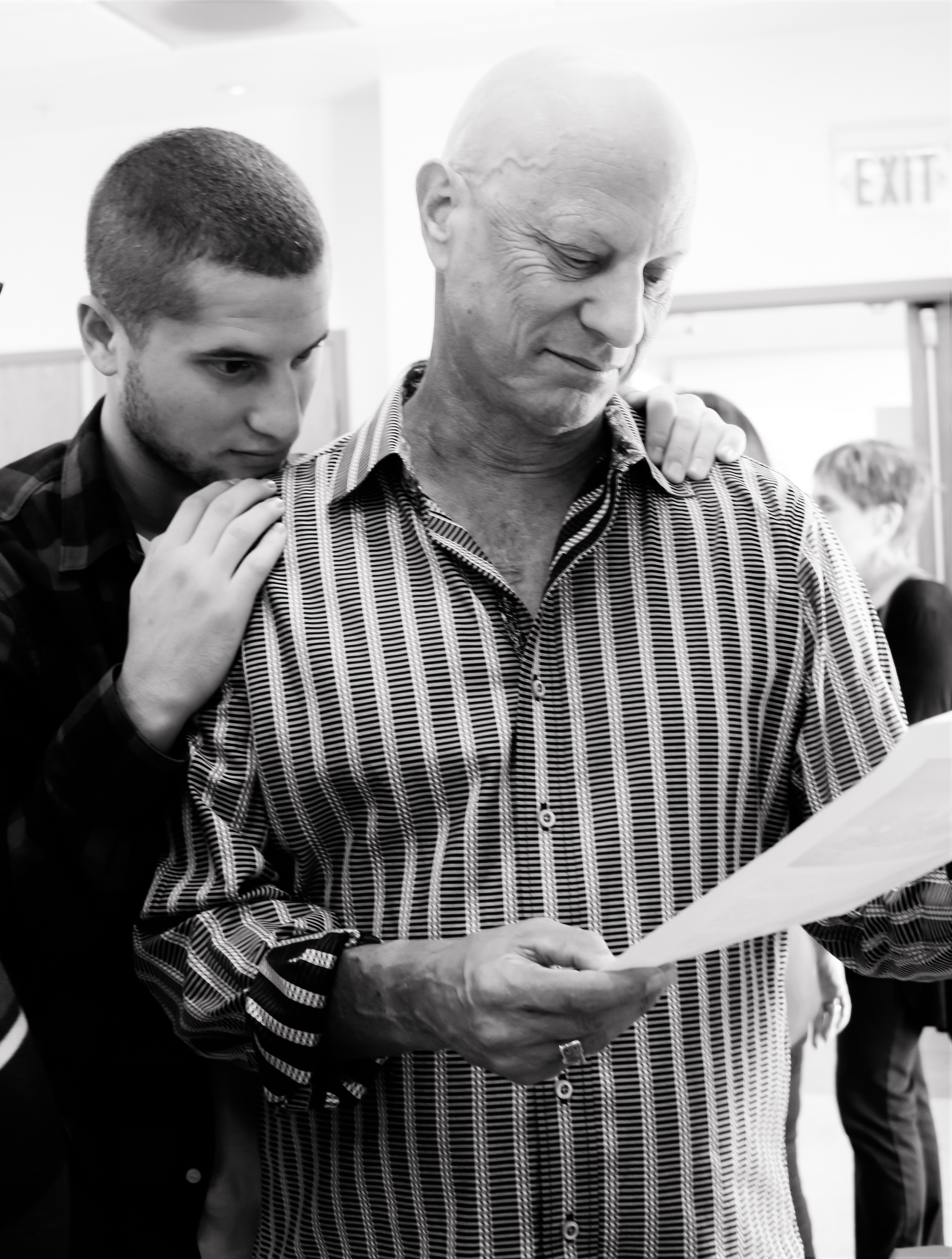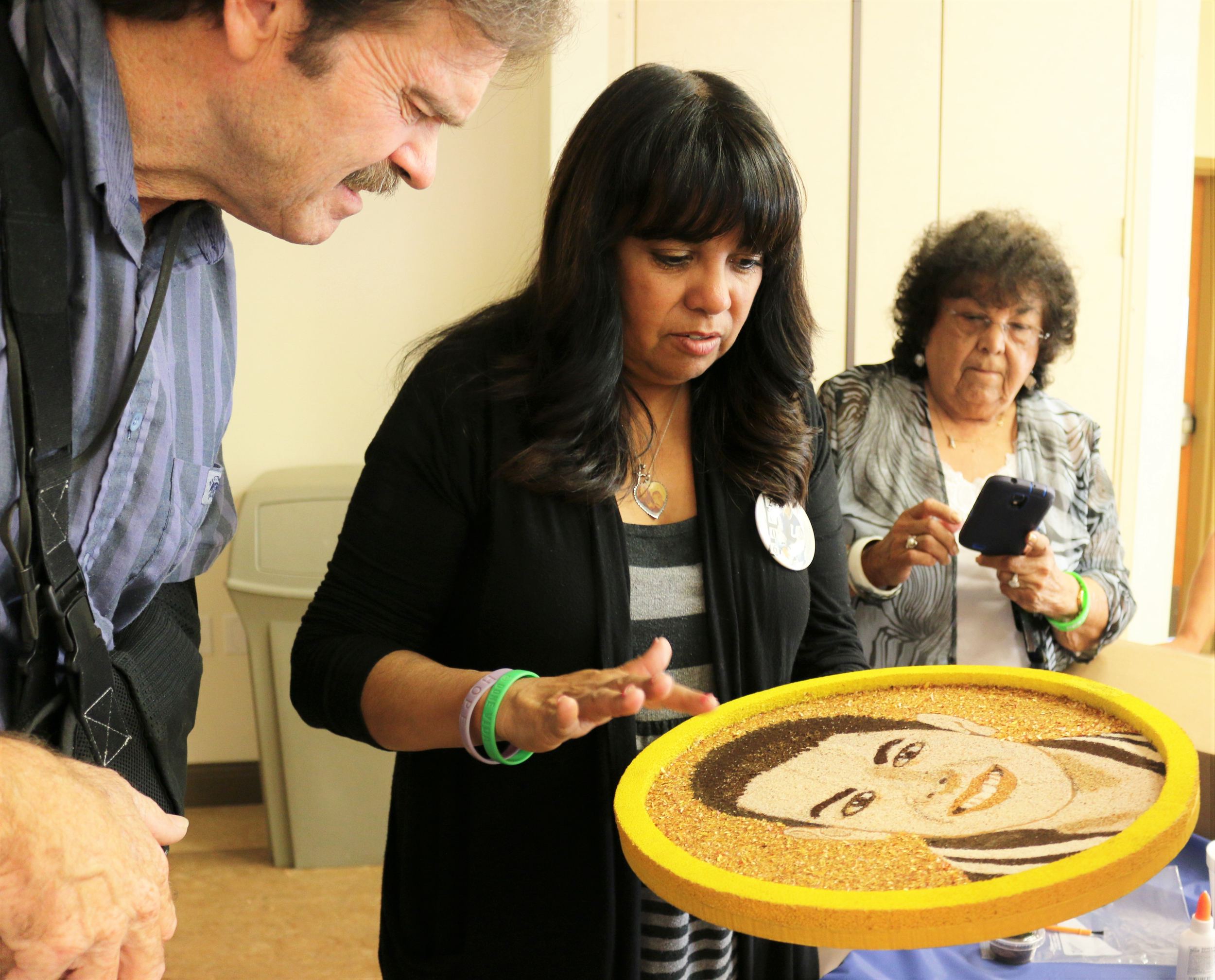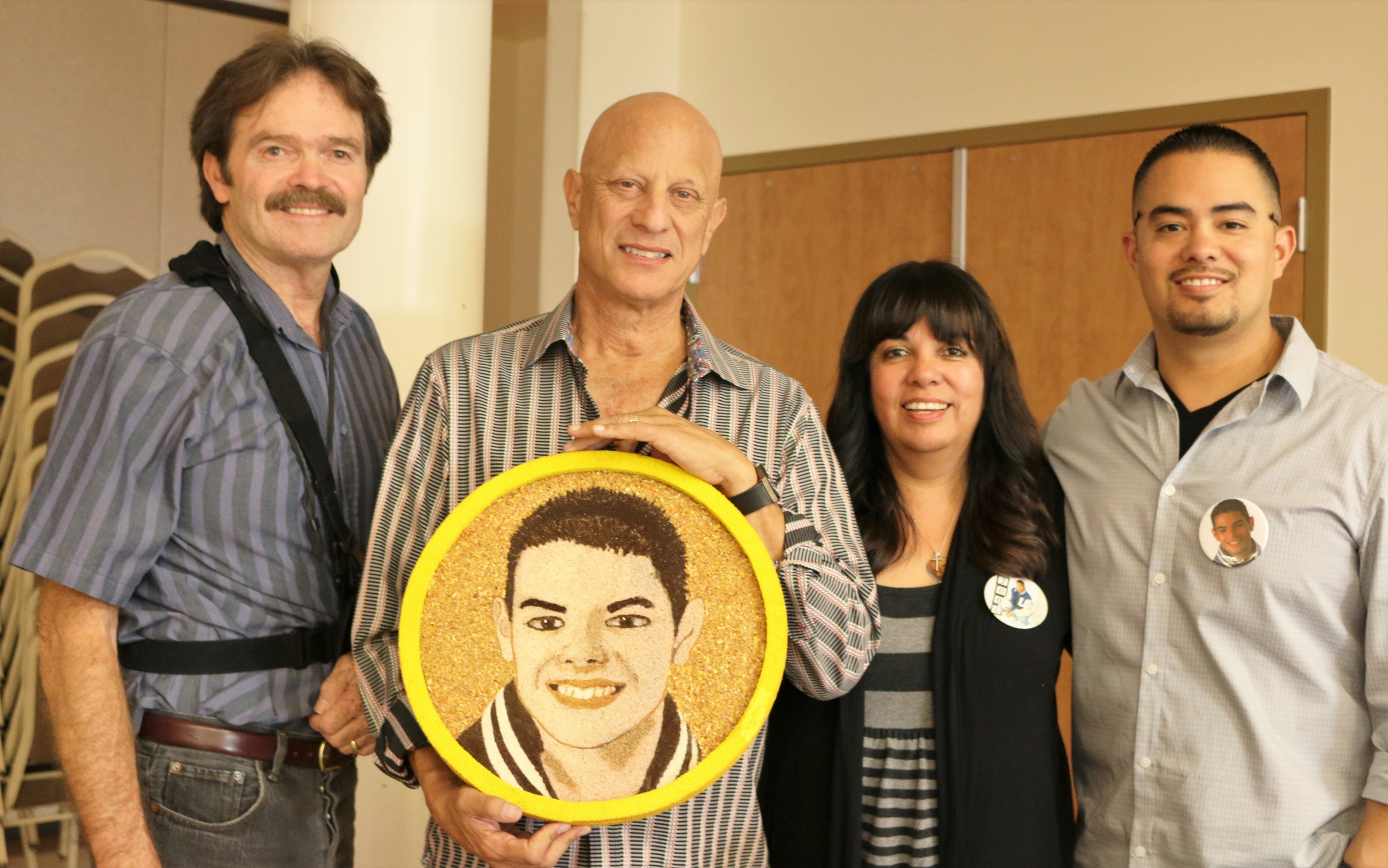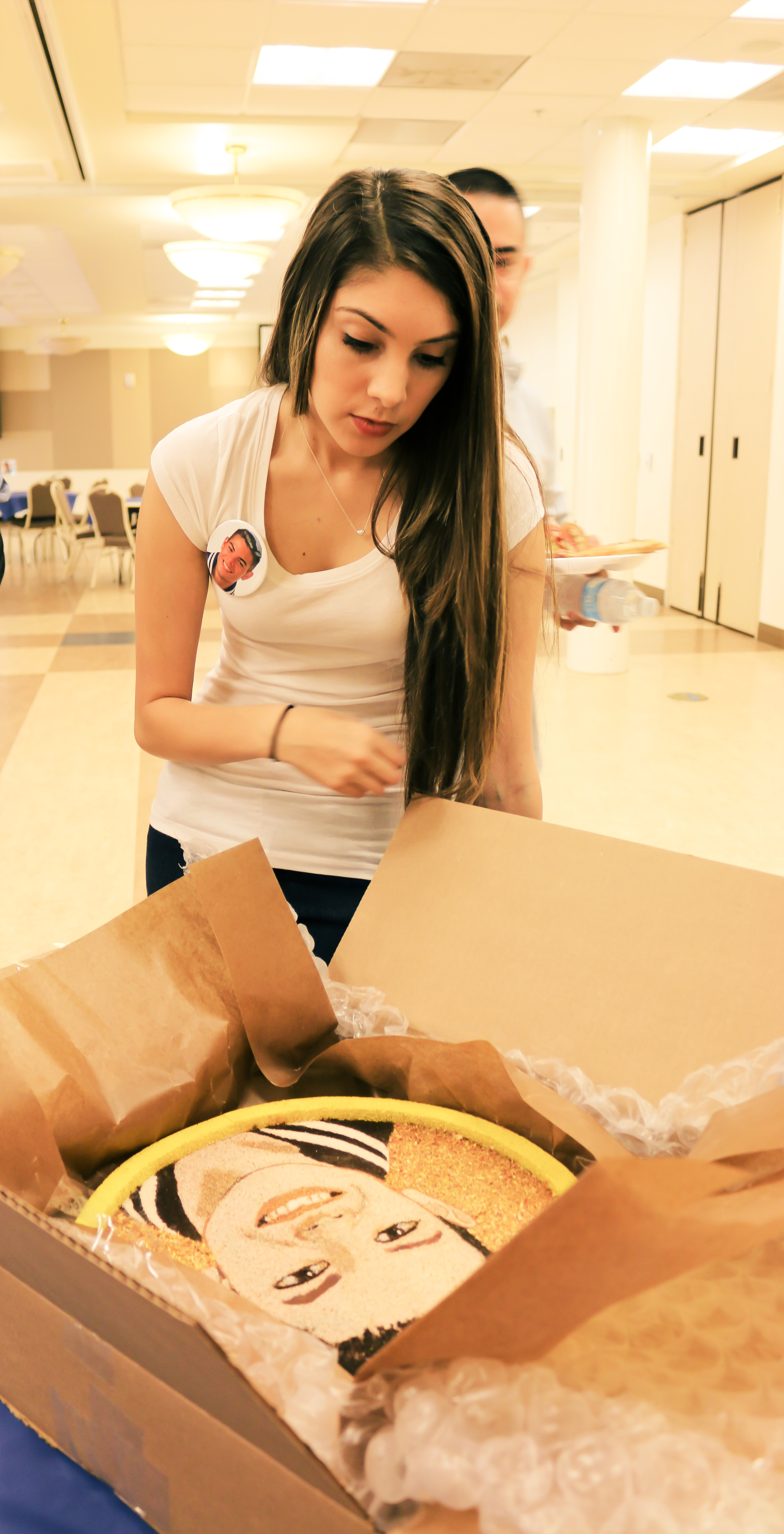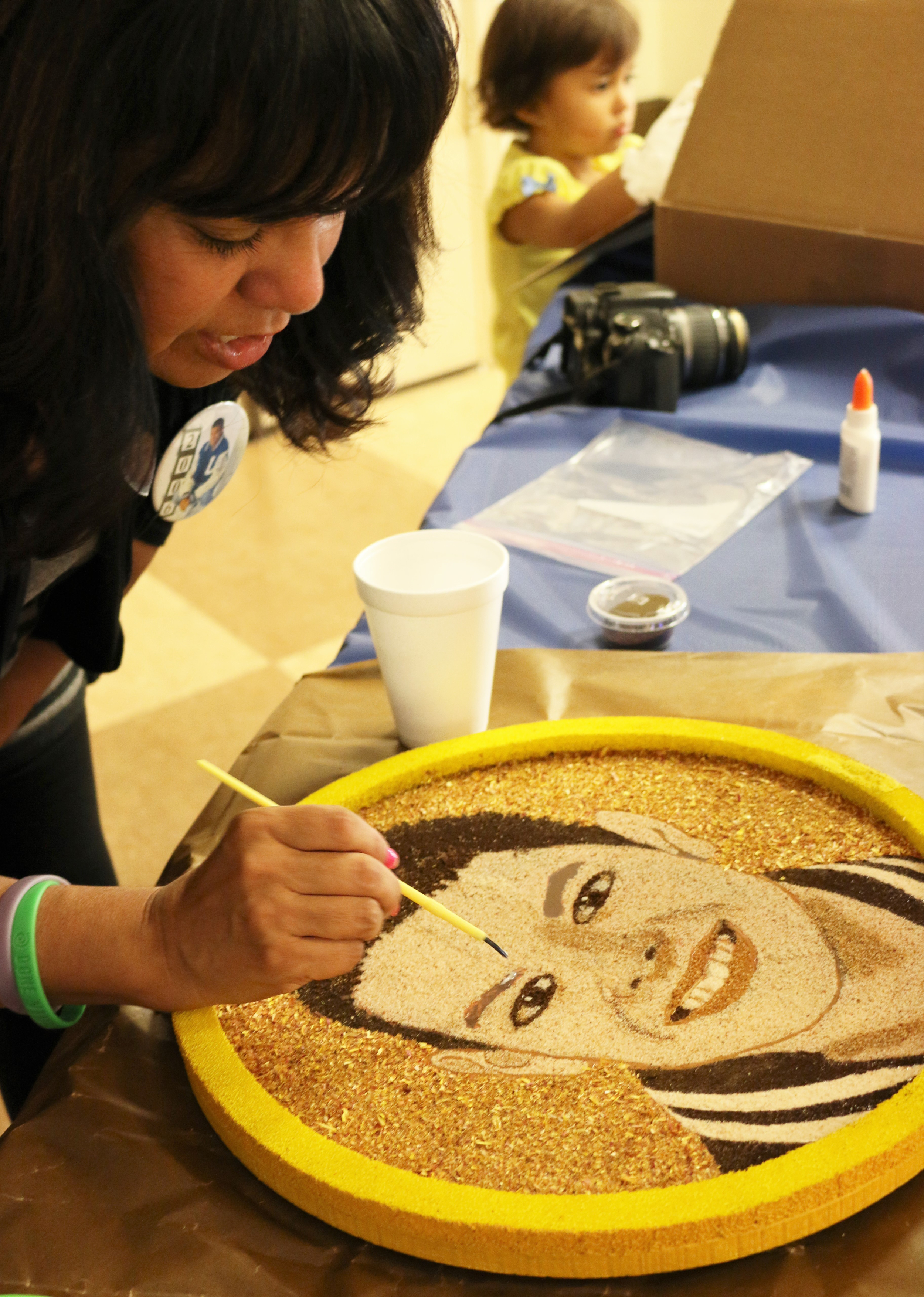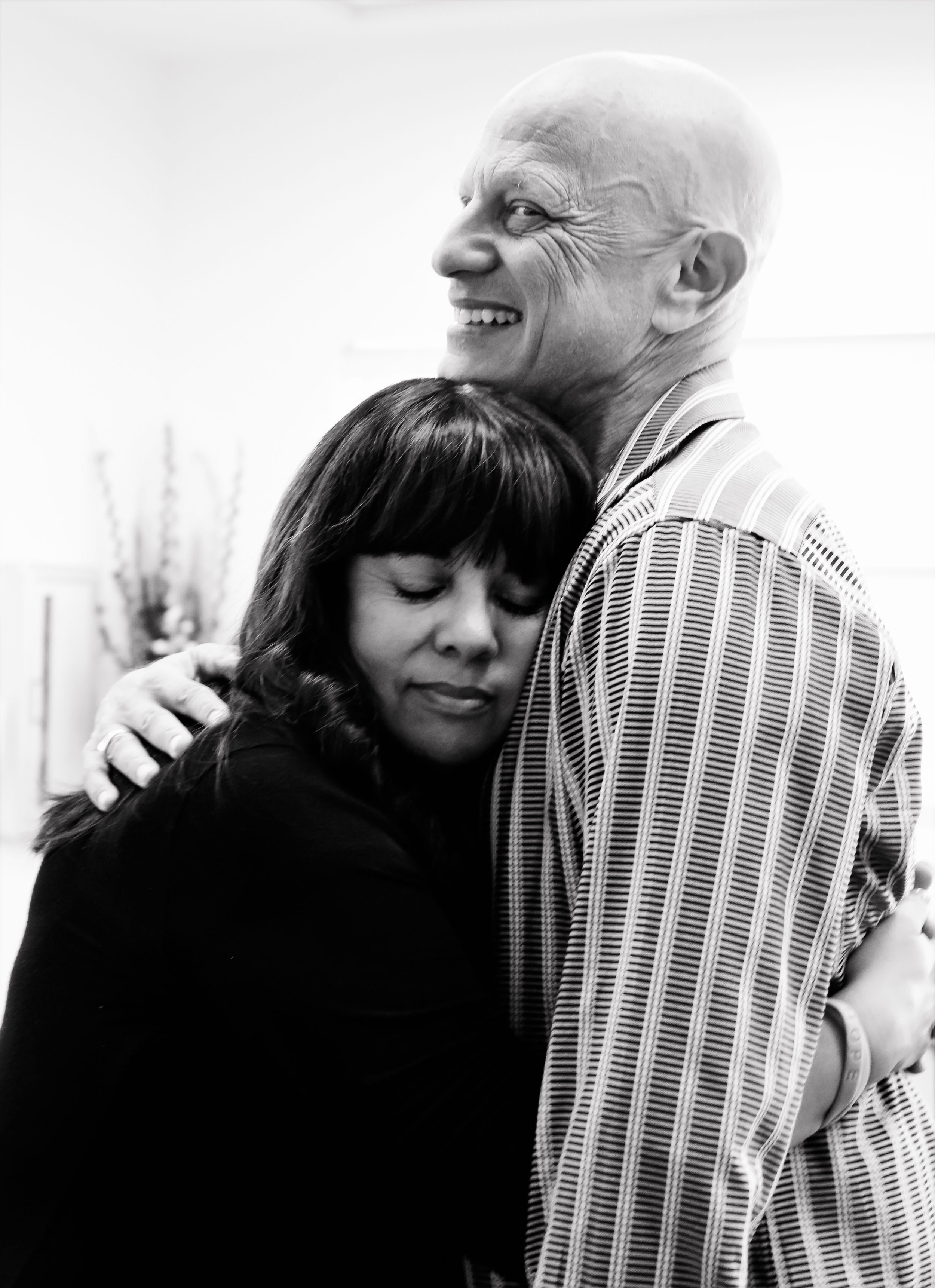For nearly 30 years, Jim has maintained a newsletter correspondence with his loyal clients.
For all of the youngsters reading this, newsletters are like blog posts--just better.
Read on for some of Jim's "greatest hits" and musings on business and life.
My grandfather was born at the the turn of the 20th century and emigrated from Germany into this county. He settled into a small town on the Arizona frontier called Jerome. Andy of Mayberry, meet Max of Jerome. In the 1920s, Max started his family (raising my mother) and opened a general store named Popular. It was in his words, “the most ‘popular’ place in Jerome.” Popular was located on Main Street close to the saloon and the courthouse.
Jerome was at that time the fourth largest town in all of Arizona. It was built on Cleopatra Hill above a vast deposit of copper. The mines, the workers and those who sought its wealth formed Jerome’s rich history. They were a brave and raucous mix. Miners, smelter workers, firefighters, gamblers, bootleggers, saloon keepers, storekeepers, prostitutes and preachers all made Jerome what it was. And this was where Max chose to raise his family. Jerome’s modern history began in 1876, when three anglo prospectors staked the first claim on rich copper deposits in the area. They sold out to a group which formed the United Verde Copper Company in 1883. By the early 20th century, the United Verde was the largest producing copper mine in the Arizona Territory. Jerome grew rapidly from a tent city to a prosperous company town with frame and brick buildings.
Jerome was the talk of the territory, boom town of its time, darling of promoters and investors. The changing times in the territory saw pack burros, mule drawn freight wagons and horses replaced by steam engines, autos and trucks. Open pit mining brought about dynamiting which rattled the hills and cracked the buildings. The land surface began to shift and sections of the business district slid downward. The sliding jail moved 225 feet and now rests across the from its original spot. Phelps-Dodge took over the United Verde in 1935, but the loss of profits dependant on the swings in copper prices, labor unrest, the Depression and war brought the end to Jerome’s mining days in 1953. Almost overnight, the town had vanished with the copper trade. During its lifetime, United Verde produced about $500 million worth of copper ore. My grandfather, Max, retreated to Flagstaff, another growing town, and had to close his famed Popular general store. The population of Jerome which peaked at 15,000 in 1929 only had about 50 people left in the 1950s. A few hardy souls remained, reluctant to leave a lifetime of memories.
I visited Jerome in 1989 with my parents to see where my mother was raised. We visited Main Street, saw the boarded up Popular store, the jailhouse and the school that my mother attended. It was remarkable to see a town that literally “shut down.” Roads that connected neighborhoods would decay and be left in disrepair therefore shutting off a section of homes. We had tried to navigate our way to my mother’s home, but it was closed off. It literally was as if time had stood still for all those years.
Jerome now defines itself as “Ghost Town USA,” the nation’s largest. That sounds rather spooky to me. But what can we learn from this boom to bust story of a town? I asked my grandpa why everyone had left. He said, “It was cuz of the people - when their dreams left, they went off and followed them elsewhere.” And so it was.
What does that say about our lives today? When we watch business leave the area because they can’t be competitive in California. When we watch products made in foreign countries because they can’t be made as cheaply here in the U.S. When we watch companies close their doors because they can’t compete against Internet based businesses. And so it goes. Progress does not come without a price.
My grandpa Max lived until the ripe old age of 92. His memories of Jerome will forever live on within me and my family. And if, by chance, you ever have the chance on your way up to the Grand Canyon, take a stop at the little town on the map called Jerome. And think to yourself what once stood there…






